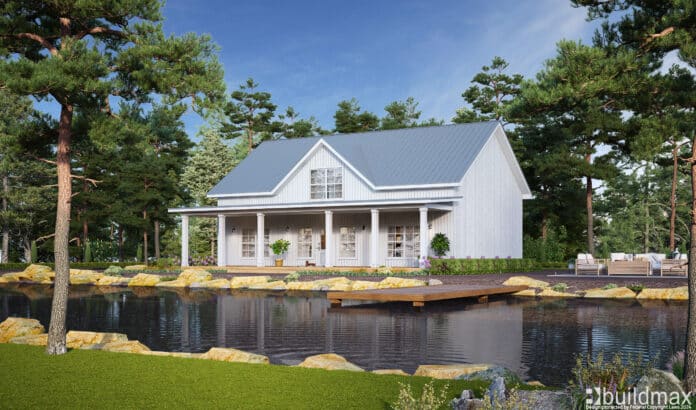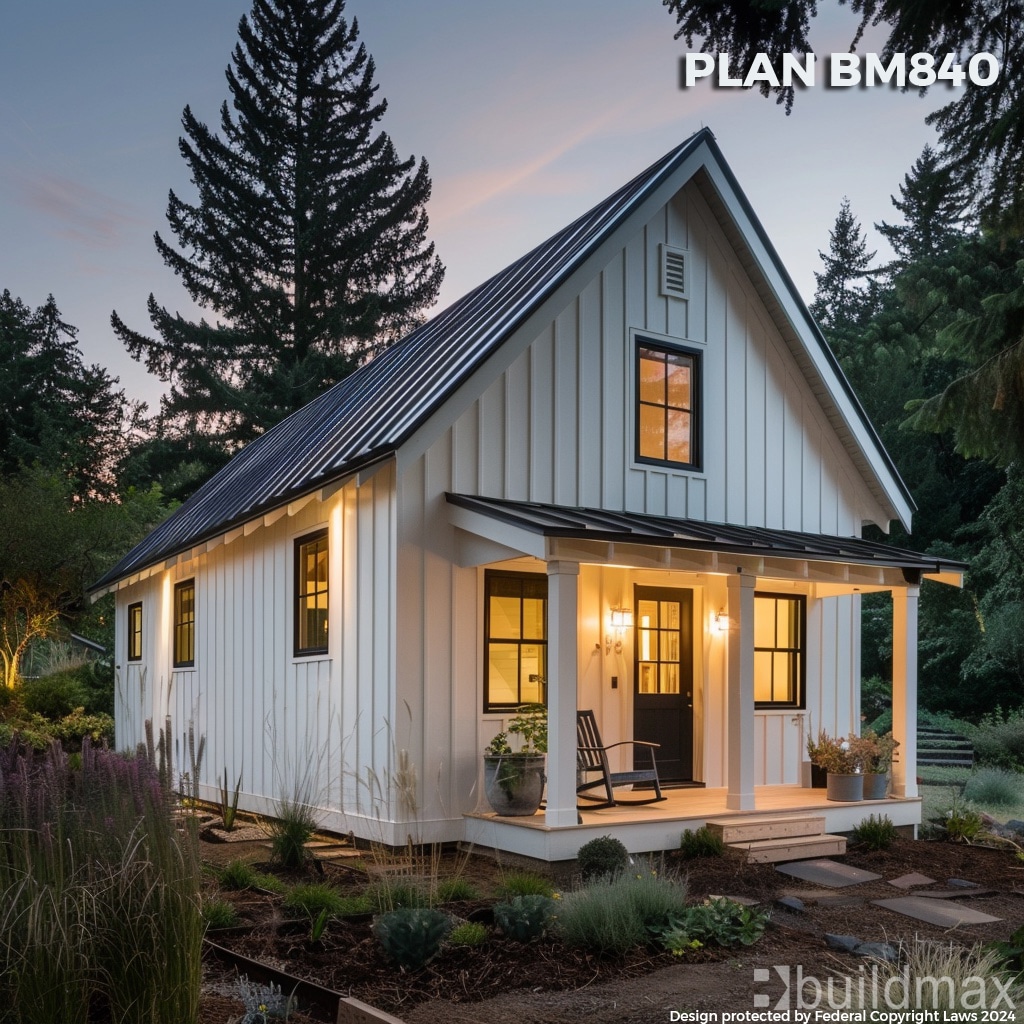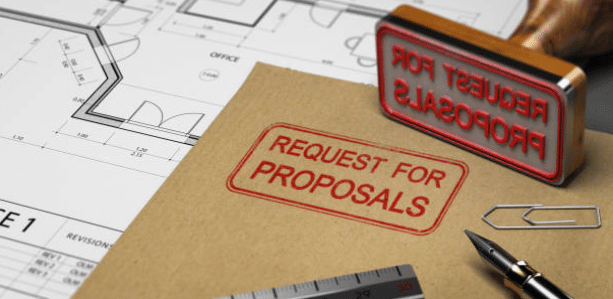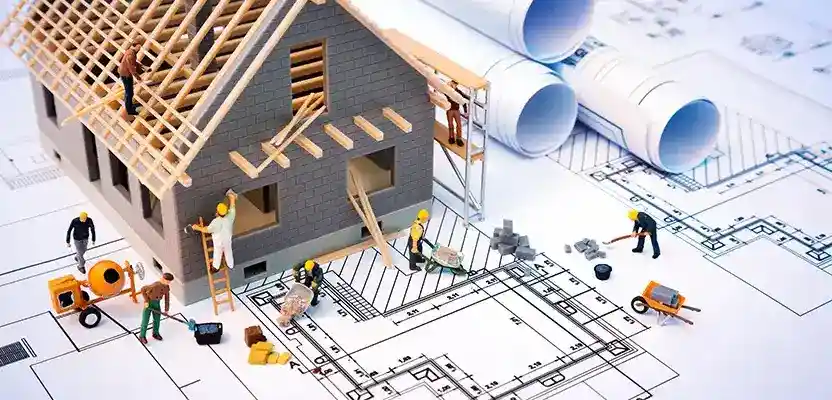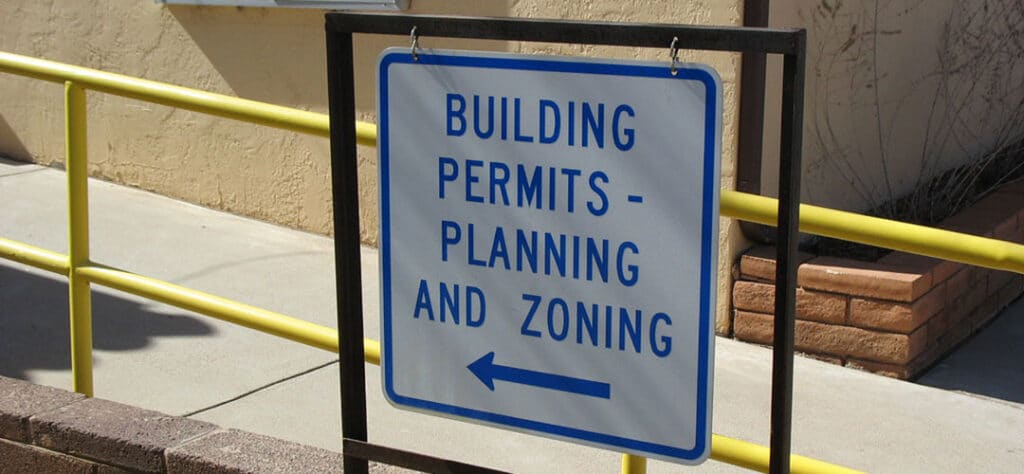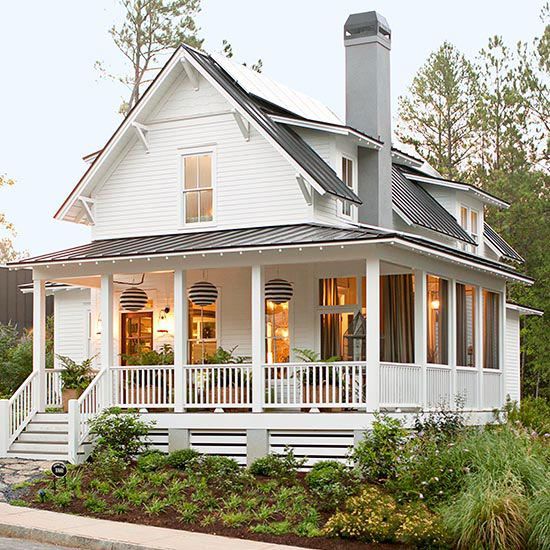Is it Legal to Live in a Shed in Kentucky?
Living in a shed might seem like an affordable and simple housing solution, but the legality of this arrangement can be quite complex, particularly in Kentucky. This article explores whether it is legal to live in a shed in Kentucky, detailing relevant laws and building codes that apply to residential properties.
Legal Considerations for Living in a Shed
1. **Zoning Laws**
**Land Use Regulations:**
– Zoning laws dictate how land in specific areas can be used. In Kentucky, zoning regulations vary by county and municipality, and they determine whether a shed can be used as a residential dwelling.
– Generally, residential zoning does not permit sheds to be used as permanent residences. Sheds are typically classified as accessory structures, meaning they are intended for storage or secondary use, not primary habitation.
2. **Building Codes**
**Standards for Safety and Habitability:**
– Building codes are designed to ensure the safety and habitability of residential structures. In Kentucky, the Kentucky Building Code (KBC) sets the minimum standards for construction, plumbing, electrical systems, and more.
– Sheds do not typically meet the stringent requirements set forth in these building codes. For a shed to be legally inhabited, it must be converted to comply with residential building standards, which can include requirements for insulation, plumbing, electrical wiring, ventilation, and structural integrity.
3. **Permitting Requirements**
**Necessary Approvals:**
– To convert a shed into a legal residence, you must obtain the necessary permits. This process usually involves submitting detailed plans to the local building department and undergoing inspections to ensure compliance with all relevant codes and regulations.
– Permits are required for major modifications, including installing plumbing and electrical systems. Failure to obtain proper permits can result in fines, legal issues, and being forced to remove the modifications or vacate the premises.
4. **Utility Connections**
**Essential Services:**
– Legal residences must have access to essential utilities, including water, sewage, and electricity. Connecting a shed to these utilities often requires significant upgrades and must comply with local regulations and standards.
– In rural areas where municipal services may not be available, alternative solutions such as septic systems and well water must meet health and safety standards set by local health departments.
Steps to Legally Convert a Shed into a Residence
1. **Check Local Zoning Ordinances**
– Begin by consulting your local zoning office to determine if the land where the shed is located allows for residential use. Zoning ordinances will specify whether you can convert an accessory structure into a primary residence.
2. **Obtain Necessary Permits**
– If zoning laws permit, the next step is to apply for the necessary building permits. This will involve submitting plans that detail the proposed modifications to the shed, including structural changes, plumbing, and electrical work.
3. **Ensure Compliance with Building Codes**
– Modify the shed to meet all relevant building codes. This includes installing proper insulation, electrical systems, plumbing, heating, and ventilation. Structural improvements may also be necessary to ensure the shed is safe for habitation.
4. **Utility Connections**
– Arrange for the shed to be connected to essential utilities. This often requires professional installation and inspections to ensure compliance with safety standards.
5. **Inspections and Final Approval**
– After completing the modifications, the shed must pass inspections conducted by local building officials. These inspections verify that all work complies with building codes and safety standards. Once approved, you will receive a certificate of occupancy, legally allowing you to live in the shed.
All-in-All
While it is not typically legal to live in a shed in Kentucky as it stands, it is possible to convert a shed into a legal residence by adhering to local zoning laws, obtaining the necessary permits, and ensuring compliance with building codes and utility requirements. This process can be complex and may involve significant modifications and costs, but it ensures that the living space is safe, habitable, and compliant with all legal standards. Before embarking on such a project, it is essential to thoroughly research and understand the specific regulations and requirements in your local area.



